Ayahuasca in Peru: what it is, retreats, experience, benefits and side effects
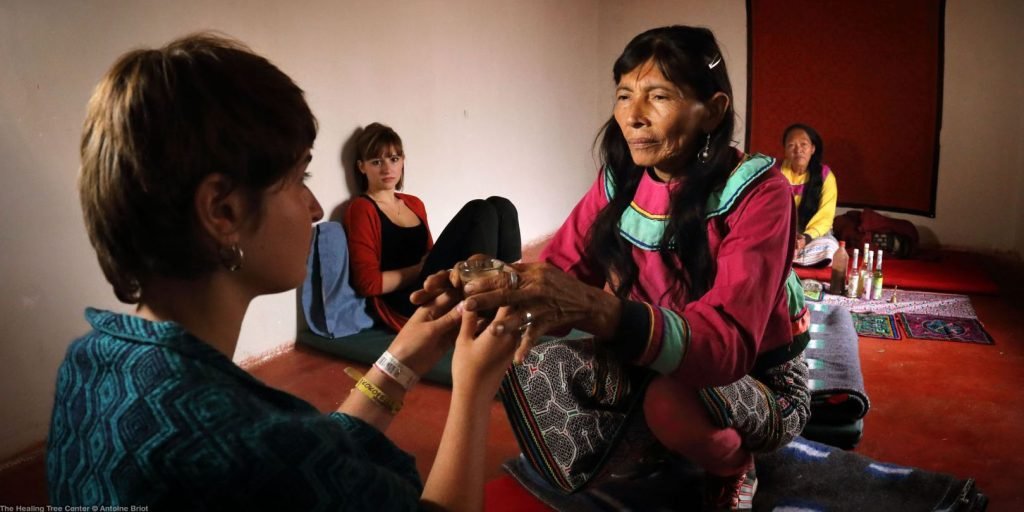
Ayahuasca is the name given to a psychedelic infusion produced by the extract of two Amazonian plants, the Ayahuasca and Chacruno. It is popularly known for the psychedelic effects obtained by consuming it, among them are thought alteration, loss of sense of time and vivid emotions. In addition to hearing or seeing things that do not exist, at least in this plane of reality. As a result of this, in recent years it has gained great popularity trips for spiritual retreats with Ayahuasca in the middle of the Peruvian Amazon; these ceremonies seek that visitors connect with their subconscious, have a connection with nature and can relieve both physical and mental pains they suffer.
Everything you need to know about Ayahuasca in Peru
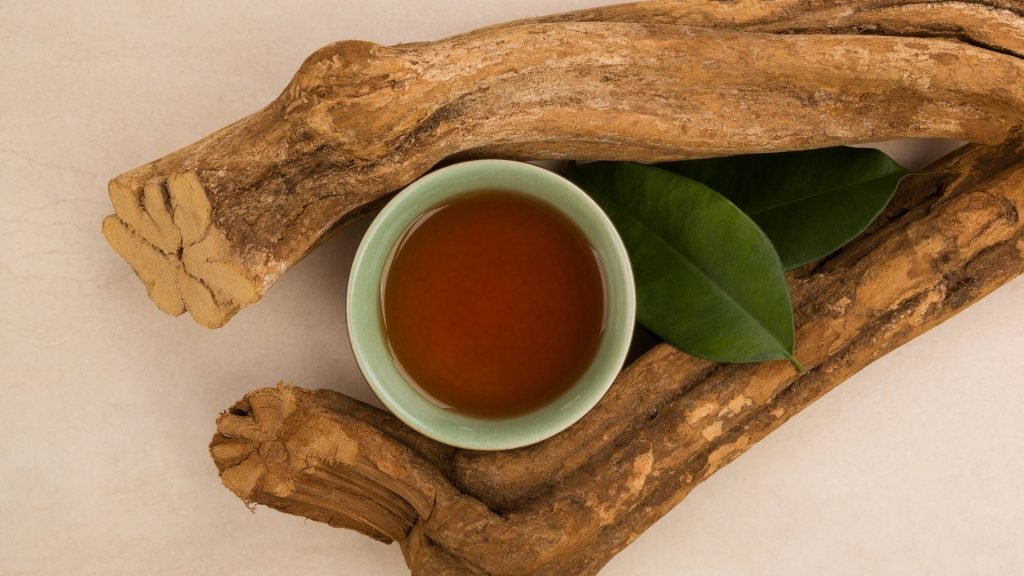
Ayahuasca, the Vine of the Dead
Ayahuasca is born from a vine that grows in the middle of the Amazon rainforest. It is most easily found in the territories of Colombia, Peru, Bolivia, Brazil and the Guianas. It is very important because it is considered a plant of great religious and spiritual connotation by the indigenous tribes and shamans of the Andean regions. In addition, it is considered a “master plant” since the uses given to it are very varied and practically apply to any area of daily life in these communities. The term Ayahuasca comes from the ancient Quechua language. The Quechua words “Aya” translates as the dead, while “Huasca” translates as liana or rope. That is, the “Rope of the Dead” or the Vine of the Dead, actually this meaning seeks to give it a relationship with the spiritual effects that this substance has, many would say that by consuming it they had a connection with the realm of the dead (spirits). Its use dates back to more than 5000 years ago for individual and collective healing. Therefore, if you wish to visit Machu Picchu, and have a more vivid connection with the past of these lands as well as the culture and nature that surrounds it, you may consider enjoying one of these ceremonies.
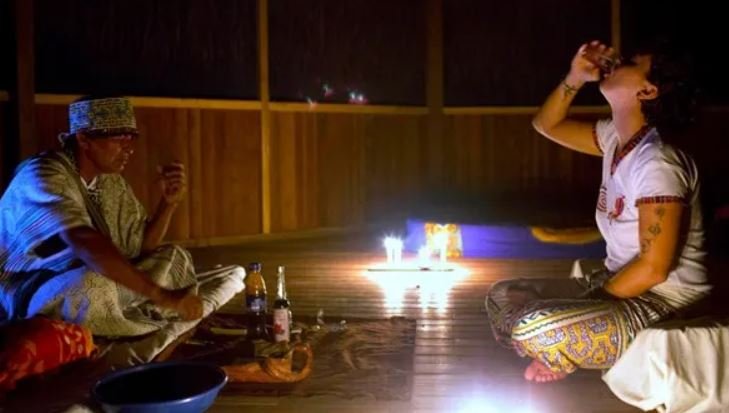
But, what exactly is Ayahuasca? This is the name given to the infusion elaborated by the shamans of the Amazon jungle based on this “Vine of the Dead” and other similar plants. It is used to enter altered states of consciousness and gain new perspectives on life, solve spiritual problems and soothe physical ailments. Historically, many were known to visit shamans for healing of bodily, mental or emotional pain. Many of those who chose to use this concoction sought guidance from the “spirit” that inhabits the plant. Today, the tradition is still strongly rooted in ayahuasca ceremonies. And during the last decades, shamans began to serve the infusion to different patients under their supervision and with the correct physical and mental preparation.
Its preparation
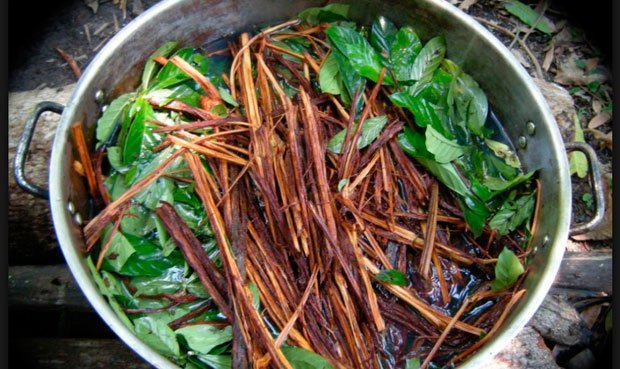
Despite common belief, the preparation of Ayahuasca in Peru is quite complex. Most of those who try it, do not obtain the desired effects or even have bad experiences accompanied by indigestion and the “punishment” of the spirit of the plant. Ayahuasca is elaborated by shamans using the Ayahuasca vine (which contains natural chemical compounds that resemble DMT) and the Chacruno leaves (which allow the metabolization of Ayahuasca inside the organism), their combination allows the desired effect, and both can be obtained naturally in the Amazon basin.
According to tradition and the religious connotations of the native peoples, these two plants should be collected at full moon or in the morning. In addition, the person who collects it must be fasting. For its preparation they use up to 10 kg of Ayahuasca, the Ayahuasca vine is crushed to facilitate its cooking. Then a kilo of Chacruna is added. Depending on the community in which it is prepared, the concoction can include tobacco and coca leaves and even other Amazonian plants with psychoactive properties.
This preparation is boiled for 12 hours in about 50 liters of water. At the same time the participants accompany the preparation with shamanic chants known in the Amazon as Icaros. It is also accompanied by puffs of tobacco while asking for concrete, pure and honest intentions. Both the chants and the intentions are invocations to the spirit of Ayahuasca. The 50 liters of the initial preparation are reduced to only 2 liters of Ayahuasca, with all the substances well concentrated. The result is a liquid of viscous texture and reddish-ochre color. This is one of the many ways of preparation, but everything will depend on the Shaman, the community to which he belongs and its traditional methods.
Don’t take it as a joke
You should keep in mind that both the plant and the ritual that involves this fact is a tradition deeply rooted in the worldview of Amazonian tribes and communities for over 5000 years, they sought to establish contact with the spirit of Ayahuasca (an ancient Amazonian deity that surrounds all living beings of this world and the eternal world) and to be cured of both physical and mental illnesses, respect and faith in this concoction is very sacred to them. Participating in this ritual is a privilege. Amazonian communities share this intimate custom for those who need a cure or spiritual support for the ailment that ails them.
Therefore, to take this ritual as a party of hallucinogens (just to feel its effects and compare it with other drugs) is an insult to these Amazonian communities and their good intention to help you with your ailments.
Not everyone can organize an Ayahuasca ritual
Due to its strong religious and cultural connotation, this ancestral ritual has to be guided by an expert Shaman, a native Amazonian master (Person with many years of experience) who inherited the knowledge of the preparation of the brew and the direction of the ritual from the elder person of his community (selected by him). Therefore, if someone (Most of them citizens) offers to guide you in an Ayahuasca ritual through your tourism in Peru, you may start to hesitate. Only a native Amazonian master can do this kind of ritual with all the necessary measures for your safety and with well established purposes.
In addition, the people who administer and organize this Ayahuasca ritual have to be the same natives of the Amazonian communities (usually the same Shaman). As we told you, this is an ancestral and intimate ritual of them who decide to share it with a person in need of healing. We emphasize this because nowadays, you can find an infinity of retreat complexes, most of them managed by foreigners, offering packages from 1 week to a whole month with Ayahuasca rituals in between. Remember, the Ayahuasca ritual does not have to be a business, it is a way of sharing healing and an expression of the culture of the Amazonian indigenous people that should be respected and safeguarded.
Preparation before use
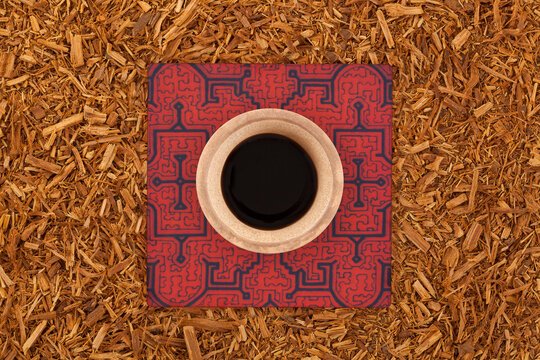
Because your body is going to receive a harsh psychotropic like Ayahuasca, it has to need prior preparation to withstand the effects of the concoction during the hallucinations. The side effects you may feel can range from dizziness, vomiting, to even heavy sweating. Each Amazonian shaman gives a general list of foods to avoid in the 7 days prior to the ritual, a kind of diet, which may vary, but if you can perform it satisfactorily then your experience will be rewarded, after all, the shaman is the expert.
- Coffee, alcohol, cigarettes, chocolates, chocolates, etc.
- Carbonated beverages (Sodas)
- Food or beverages with dyes
- Canned foods
- Spicy foods
- Sweet foods
- Foods high in sodium
- Red meat and pork
- Medications of any kind
What kind of food can I eat?
Generally, Shamans recommend, 7 days before the Ayahuasca ritual, to eat organic food (without any kind of preservatives and chemical products) such as fruits and vegetables, as well as chicken and fish. Again, if a person has any kind of medication, he/she will not participate in the Ayahuasca rituals.
Diet on the day of the ritual
Unfortunately, there is no diet on the day of the ritual itself (it usually takes place in the evening). On this day, the participant has to be on an empty stomach. Just drink water, water and more water.
Ayahuasca ritual is not for everyone
Can Ayahuasca be done in Peru? Yes, you can. First of all, it is important to eliminate any misconceptions you may have about Ayahuasca, educate yourself a little about the subject and become aware of what you are really looking for. Regardless of the sensationalist press and other news that only seek to disclose without really being informed, Ayahuasca is not a recreational drug. It is not something to enjoy and have a trip; not a magic pill that will solve your problems or distract you from the real world. For the indigenous people of the Amazon, ayahuasca is more than just a plant, it is a spirit, a sacred and ancestral ritual for healing, it has a myriad of benefits for those who consume it consciously and with respect.
However, the great journey of introspection that the participant will have during the session, with hallucinations, sensations, even vertigo, requires that the body and mind are in good condition. Therefore, some people are prevented from participating in this ritual, because of their current condition. The Shaman himself, who is always thinking about your well-being, will ask you some questions beforehand to find you fit or not. Remember, the Ayahuasca ritual is performed to heal you and not to harm you, so always be honest with what you will be asked.
Conditions in which it is not recommended to perform Ayahuasca:
- Pregnant women
- Cardiac surgery
- Chronic cardiovascular conditions
- People using pacemakers
- People with poor circulation
- Chronic blood diseases
- People with schizophrenia and bipolar disorder
- People currently using antidepressants
On this last point a clarification must be made. People with depressive symptoms can participate in the session. (The ritual is known to offer improvement, even healing to depressive people) However, they must be free of medication even 7 days before the ritual.
The ceremony: Step by step
What is the ayahuasca ceremony? It is a ceremony with strong cultural roots within the native tribes of the Amazon. The ceremony is performed in a group of 5 to 20 people, although this may vary. Within a traditional Ayahuasca ceremony, you will have the opportunity to receive a treatment for your soul and find your own healing. Participants usually arrive in the early afternoon, as they are usually held in the evening. Participants arrive before the ceremony begins to show respect to the curandero (Shaman), or curanderos, who lead the ceremony, and take seats on cushions placed around the Shaman, each cushion having its own bucket of vomit.
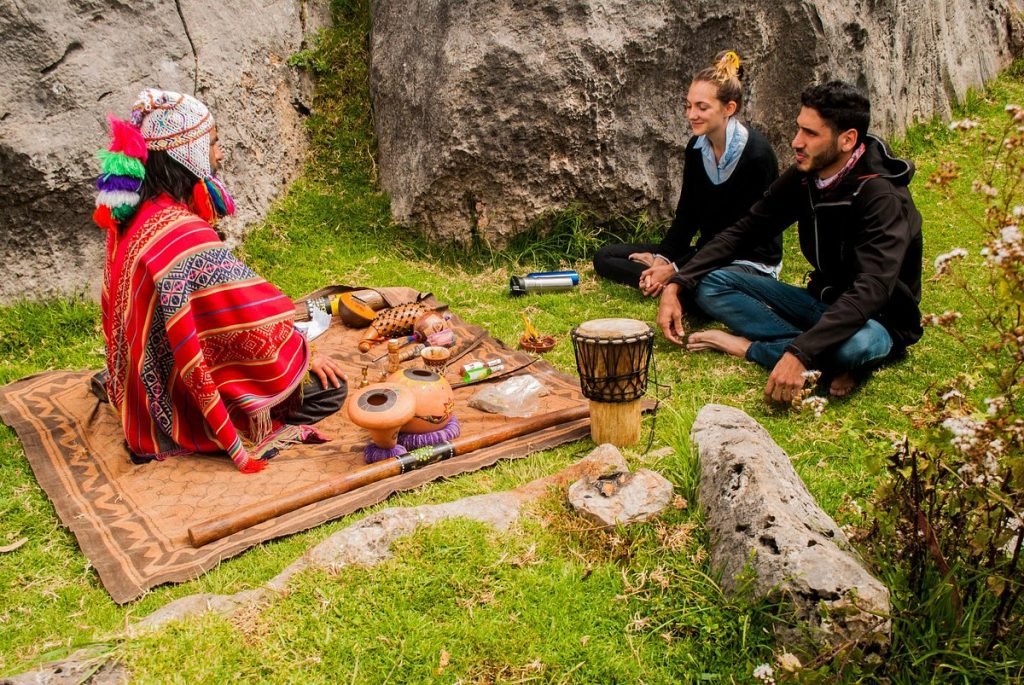
First, the Shaman will prepare the place for the ceremony. This consists of cleansing the space with puffs of Mapacho tobacco, prayers, chanting and blessings. After the initial preparations, the introductions of the participants in the ceremony can take place. If you are planning a trip to Peru, it is a good idea to find out about the different retreats available.
1. The beginning of the ceremony
The initiation ceremony begins in silence, although this may depend on the shaman. Some choose to sing to welcome the participants. Generally, medicinal chants or Icaros from the Amazon jungle intoned by the shaman are used. This healer may choose to speak with each participant about the intention he or she seeks to cultivate, the dosage, or other recommendations for a pleasant experience.
He then calls each participant to take a cup of Ayahuasca. The healer also drinks a cup after each participant has received a cup of Ayahuasca. The ceremony takes place with the lights off and when the medicine begins to take effect, that is when the healer begins to sing. The songs take place throughout the ceremony and are charged with intention. The songs may be accompanied by drums and other instruments.
This moment can be unsettling. As each participant’s consciousness expands, symptoms of dizziness and discomfort may appear. Physical purging or vomiting tends to be more frequent during the beginning of the ceremony. The purging is considered a cleansing process where the experience is a metaphysical equivalent where all those trapped feelings and traumas are expelled.
2. During the ceremony
Medicinal songs are one of the most important parts of Ayahuasca ceremonies. In the experience, shamans sing healing songs called “Icaros”. These songs help the healers to communicate with the spirits and ask for help in the healing treatments of the patients. Each Icaro has a specific purpose in the ceremony process. Healers sing to invite the spirits to be present and perform the necessary cures. The healer may chant throughout the ceremony as patients navigate their own visions and experiences. Shamans also use the Icaros to set the pace and rhythm of the ceremony. Either to raise or lower the intensity linked to the heart rate. This is most often seen with drum beats that can go faster or slower depending on the rhythm.
Alternative healing tools
The healer or shaman often participates in individual cures for patients. When this will focus on someone in the group to chant a specific Icarus. Some people claim to experience pain during this time. Shamans, in addition to chanting for healing, may remove negative energy by blowing smoke or spraying scented liquid such as rose water.
Healers have various tools and these can range from breath, their hands, tobacco, flowery water and other tools deemed necessary. For the healers, it is the spirits of the plants that guide the flow of energies and personal experiences within the group. It doesn’t matter if you are traveling alone in Peru, the ceremonies are performed in a group. So it can be an excellent opportunity to meet people.
Ayahuasca ceremonies in Peru usually include the use of a special tobacco known as “Mapacho”. The shamans are the ones who smoke directly with their breath, or “Soplay” as they call it. This puff of smoke serves to cleanse the spirit and body of the patient. The Mapacho is also used to cleanse the ceremony space, the cup where the medicine will be drunk and the infusion itself. The Mapacho and the smoke of this tobacco are considered great healers that help in the communication of other plant spirits.
3. Closing of the ceremony
The closing is accompanied by icaros that help to close the healing circle. The healer provides patients with protection from any kind of spiritual vulnerability before leaving, reintroducing them into the real plane. After the end of the ceremony, the lights are turned on and a short talk is given regarding the experience that has just taken place. The shaman is free to add a few words for each of the patients or a general talk. Then the lights are turned off and people are free to go to rest. The ceremonies can last until dawn, due to the duration of the effects of ayahuasca. It is one of the strongest healing experiences Peru has to offer. If you are looking for something that will change your perspective forever, this is a good opportunity.
Benefits of Ayahuasca
The effects of this medicinal infusion can vary incredibly from patient to patient, the setting and the dosage. But one thing you can be sure of, the effects can clearly be perceived in a before and after in most users. Whether you gain deep spiritual insights, insight into your relationships or a connection to nature, the universe and your own psyche, you will always notice something very different about yourself when experiencing this ritual. Many believe that it helps you reach states of enlightenment, in which you approach new understandings of the sentimental or material dimension of your life. But you should not get carried away either, as no one is exempt from a bad experience.
- Ayahuasca promotes brain health: According to research from Frontiers in Neuroscience, the DMT in Ayahuasca activates the Sigma-1 receptor, this protein is responsible for preventing the degeneration of brain cells, promotes the production of antioxidants for the protection of brain cells against oxygen deprivation, for example. In addition, another research from the Journal of Psychoactive Drugs found that the natural alkaloid β-Carboline Harmine from Ayahuasca promotes the growth of brain cells and prevents aging.
- Improves psychological well-being: Another research from Frontiers in Pharmacology states that Ayahuasca consumption helps one’s self-acceptance (self-image and personality). Moreover, a study in Psychopharmacology Magazine states that Ayahuasca can improve mindfulness, emotional regulation and mood.
- Treats addiction, treatment-resistant depression and post-traumatic stress disorder: Some studies conducted in North America claim that the consumption of Ayahuasca in depressed people can reduce their anxiety and depression levels in a single session and with long-lasting effects. Also, a study in the Journal of Psychoactive Drugs states that Ayahuasca is effective in the treatment of depression, anxiety, mood disorders and drug addiction, including nicotine, alcohol and crack dependence.
Previously, ayahuasca in Peru was limited to its traditional use by the natives of both the Amazon and some areas of the Peruvian Andes. This mystical infusion has been used as a traditional medicine by different indigenous tribes for thousands of years. This psychoactive has gained great popularity among curious tourists, who have flocked to various retreat centers. Many of these centers are located in jungle areas of Peru and are run by renowned shamans. This medicine is said to be very beneficial for self-discovery, addiction problems, anger management and even problems such as cancer.
Experience and side effects
The healer should only be considered a guide who facilitates a comfortable and well-performed experience. But it is the spirit of the plant that is considered the teacher or therapist who comes to teach the participant, and heal their ailments. This spirit could be seen as an independent entity that transforms the person who welcomes it into him or her, while giving access to a holistic, dreamlike view of the world. Although also for other people, the spirit of the plant could be considered as a guide. But the spirit will function as a guide that is internal and intrinsic to the individual. This could be considered as an experience of oneself with oneself, where the individual himself is the agent of his healing and is guided by the revelation of the plant spirit that offers perspective for the participants.
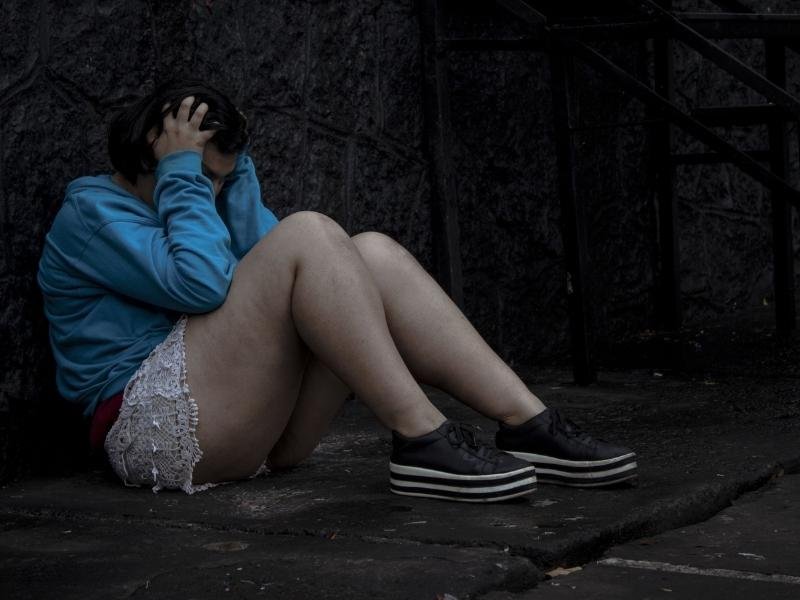
So, in general, what you can expect from Ayahuasca is an alteration and amplification of your state of consciousness. The Ayahuasca experience can result in an extraordinary encounter with the “I”. As well as the identification of a previously unrecognized and rediscovered true self. During the experience, there is no dissolution or loss of consciousness. On the contrary, there is only a modification of it, a perspective of personal life is obtained. The subject is aware throughout the session of who he/she is, where he/she is and what he/she has taken. By calling the participants by their names, they respond, but this may take them away from their main visions.
The best ayahuasca retreats
What is the best Ayahuasca retreat? This is one of the most frequently asked questions among tourists and foreigners. Definitely, in the Peruvian Amazon, you will find the best spiritual retreats because in this area grows the Ayahuasca plant and its ritual was born. Therefore, if you want to discover mysteries in Machu Picchu or in the Amazon, you will find the best mysteries in the jungles of Cusco, Iquitos or Puerto Maldonado, that is, the Ayahuasca ritual. You will have wonderful opportunities to enjoy a unique ceremony. Keep in mind that it is important to do it with a certified shaman or with a renowned or prestigious healer.
Since many people turn these ceremonies into a business of exploitation, many of them are foreigners who place their large complexes in the middle of the jungle or offer their services in the same cities. This type of services are not recommended because of their lack of cultural connection and their purposes are not related to the real intention of the native people. Ayahuasca is an intimate and short ritual for those who wish to heal physical and psychic affections.
In addition, the different lodges that specialize in services within the jungle have to be managed by Amazonian natives, as these are their customs put at the service of others and do not have to be misused by foreigners. In this case, our recommendation is Posadas Amazonas, a lodge managed by the Amazonian community ”Ese Eja”, to offer healing to the surrounding villages, natives, and foreigners who want to share this ritual with the local inhabitants of Amazonas, the true owners of the Ayahuasca ritual.
The price of the experience
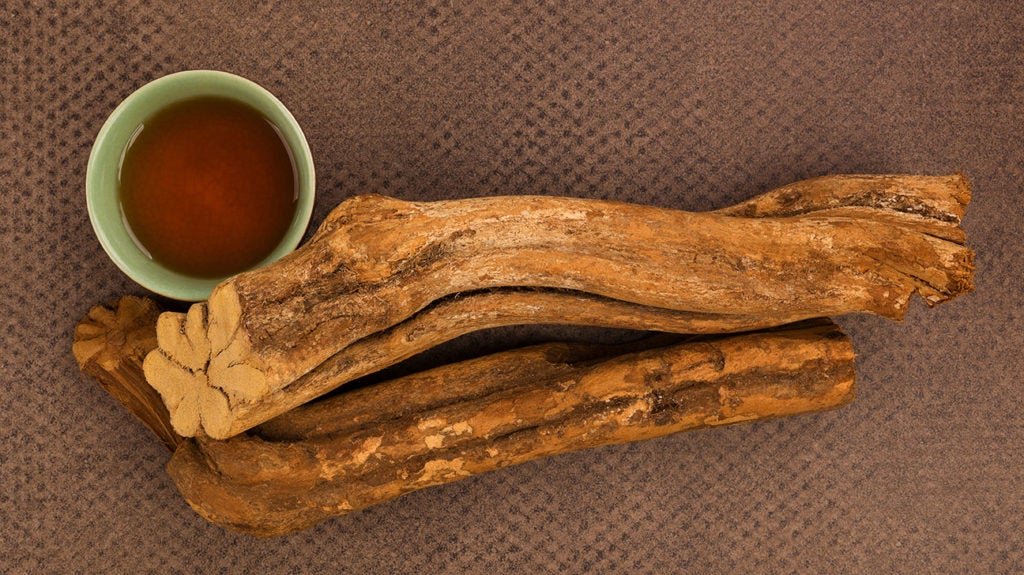
If you are looking to enjoy a good official Ayahuasca retreat in Peru you can choose one of these great retreat resorts located in the jungle of Cusco, Iquitos or Puerto Maldonado. But this will depend on the retreat you go to and the activities it includes. The ceremony could be considered one of the best tours in Peru after Machu Picchu and costs between 1,000 and 1,500 dollars.
However, if you decide to take this Ayahuasca ritual through a teacher or native Amazonian community, the session can cost only $60 approx. as a form of collaboration with the community. Therefore, if you are planning things to do in Machu Picchu or surrounding areas, you can opt for the latter option. Ultimately, the decision is yours.
We hope this article has been informative and helpful to you. As you can see, Ayahuasca retreats in Peru are quite an experience, sometimes even necessary. It is always advisable to do some research beforehand. There are numerous possibilities for retreats and ceremonies within the jungle of Peru, as well as in other regions. If you do not feel ready to embark on this unique adventure, we recommend that you do it when you are, always with due respect and with clear intentions, only in this way you will be able to enjoy one of the unique activities in Peru.





